
Sometimes logic falls by the wayside. There is no rational reason to fall in love – it’s oxytocin that drives the butterflies, the embarrassing stuttering and the absolute priority the object of one’s love now has. Nowadays, I no longer fall in love with humans – they are mammals after all. Flutters are strictly caused by birds and while physicality had a large role to play “back in the day when” the butterflies rise for different reasons now. Here are my eight crushes and the different forms of love they present. It will all be here, true love, platonic love and the most wretched of all: unanswered love.
Friendly Grasshopper-warbler
One of my many character flaws is the need to be liked and loved. I would blame my mother but she reads these posts… With this psychological fact in mind there is of course no better bird than the Friendly Grasshopper-warbler. It’s friendly! If only it would be easy to spot: true love is hard to find.

Snoring Rail
Sometimes the attraction lies in relatability. Resisting the temptation to disclose sensitive personal information I will just point out that the Post of Indonesia deemed the Snoring Rail worthy of a postage stamp (Public domain, via Wikimedia Commons).
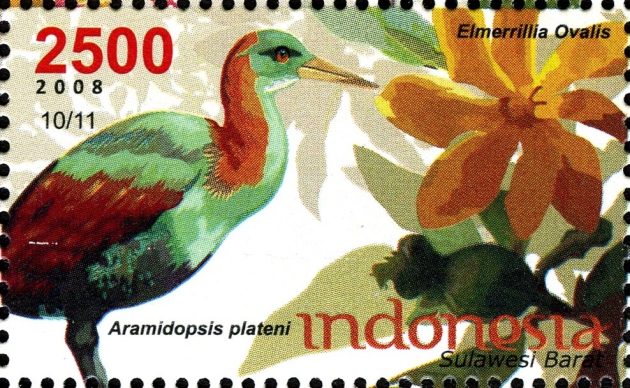
Inaccessible Island Rail
The ultimate platonic relationship. This bird is on (an) Inaccessible Island and it’s a rail. Even if I ever get there, a sighting is not guaranteed. I have a better chance of meeting Sofia Vergara once that restraining order has been lifted.
Handsome Francolin
It’s handsome, enough said, sometimes love is physical.

Eclectus Parrot
Parrots are exquisite, but also monogamic. This presents a problem for love to bloom. My only hope is since the female looks so different, that maybe the male won’t notice my advances. Unanswered love is most likely, I fear.
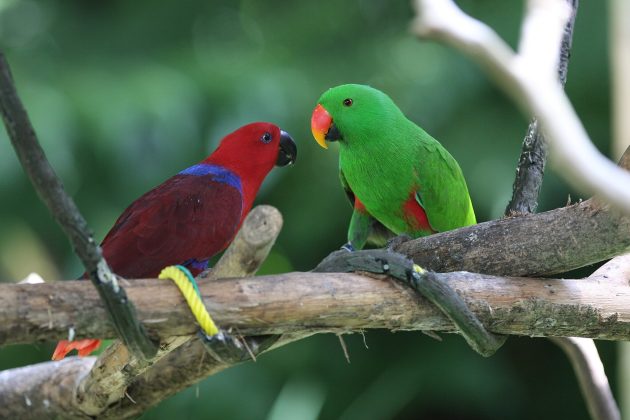
Plains Wanderer
The Plains Wanderer exudes a very romantic image. Its name alone is very Goethesque. This bird requires, no, demands poetry.
“I wandered lonely as a cloud
That floats on high o’er vales and hills…”
— William Wordsworth (1807)
“I wandered on, till from my view
The embattled plain withdrew…”
— Percy Bysshe Shelley (1818)
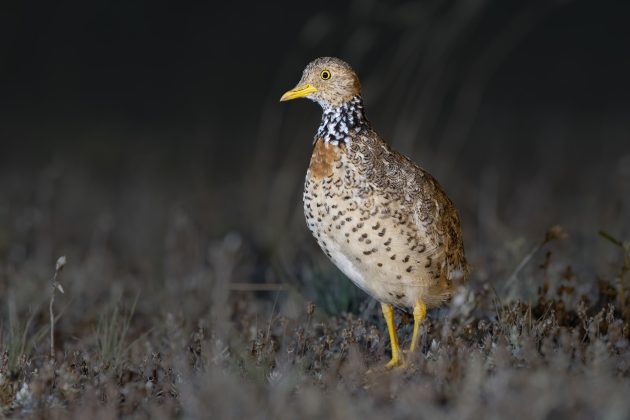
Mrs Moreau’s Warbler
The English ornithologist Reginald Moreau named this small bird after his wife Winifred Muriel Moreau in an act of Victorian marital love. As far as the Internet can tell, that’s the only thing he ever did for her. She outlived her husband by 20 years, so some sort of justice was served. Reginald was not only an uncaring husband but he also named the genus Zosterops – the white-eyes that either drive our beat writers to despair, or inspire them to beautiful posts.
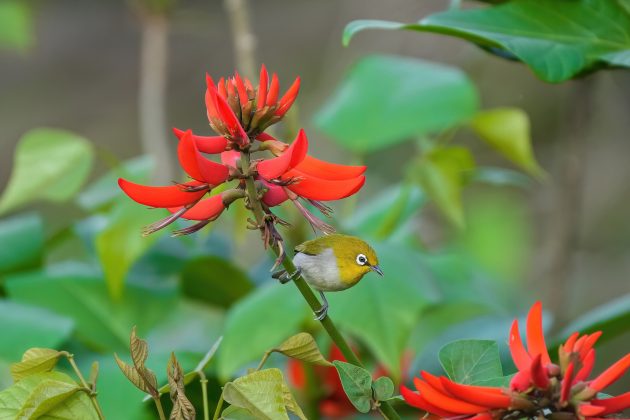
Temminck’s Sunbird
Last, but not least I must confess to my deep love for Coenraad Jacob Temminck. Born in the later eighteenth century he lived through troubled times but nevertheless contributed hugely to our knowledge of the natural world. Temminck’s Sunbird is one of many species named after him and his name, the sunbird and those colours are all I need to experience the butterflies fluttering in my stomach.



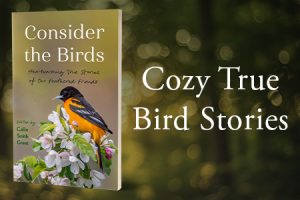

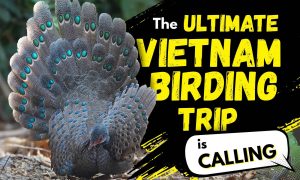

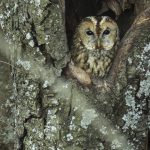






Great post Peter. Enough to laugh about for everyone. It also brings to mind a couple of other observations. 1. I was stunned to learn that there is actually a bird named Friendly Grasshopper-warbler. Sorry to doubt you; I had to check. 2. I don’t think the Handsome Francolin is all that handsome. On the other hand, the Plains Wanderer is truly beautiful. Last but not least, we learn the true problem with naming birds after people. Poor Mrs. Moreau’s Warbler! And one of the guides on my last trip thought that that the AOS’s effort to rename birds named for people was misguided. Imagine that.
This was a really lovely read – the Mrs. Moreau’s warbler looks a lot like the Silvereye here in Australia!